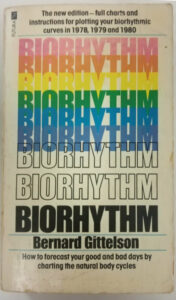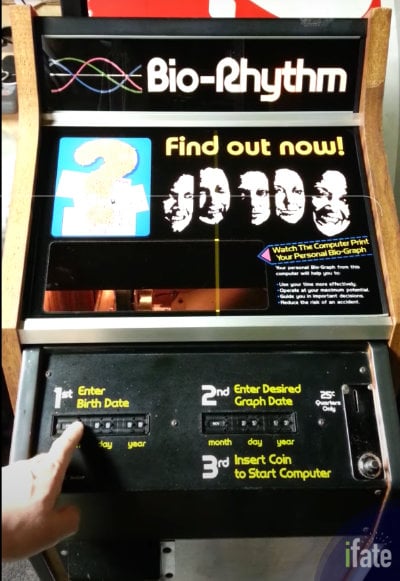Short Answer
Biorhythm theory states that 3 principal cycles affect our lives: The physical cycle, the emotional cycle and the intellectual cycle. These sine waves oscillate up and down, affecting our physical, emotional and intellectual states.
Today biorhythm readings are extremely popular all over the world and are considered a form of pop-esoterica similar to horoscopes. But where did this theory come from? And why is it so popular?
Who invented biorhythms?
Biorhythms are often associated with the 1970’s when they reached their peak in popular culture. It was the 1970’s that saw the advent of electronic biorhythm calculators, and dozens of fad books on the subject.
Despite their 20th century popularity, biorhythm theory is far older than many would think. Biorhythms were first proposed the 19th century physician, and close friend of Sigmund Freud, Wilhelm Fliess. Fliess was born in Prussia (today, Poland) in 1858.

Wilhelm Fliess (right) pictured with close friend Sigmund Freud (left) in 1890
Fliess was not alone in his belief that long, multi-day cycles influenced human behavior. Similar theories to Fliess’ were also proposed in 1904 by Viennese psychologist Hermann Swoboda. When Swoboda claimed to have reached his strikingly similar conclusions on his own, Fliess accused Swoboda of “intellectual theft” (German source). Whether or not Swoboda was influenced by Fliess is a topic of some historical debate.
Regardless of the originality (or non-originality) of Swoboda’s work, the biorhythm theory was adopted and studied repeatedly in the early 20th century by multiple researchers, none of whom were able to prove the scientific validity of the theory.
Fliess’ biorhythm theory was discarded to the dustbin of pseudoscience until it was resurrected for better or worse, in the 1970’s.
The 1970’s popularity of biorhythms
The popularity of biorhythms was reignited in the 1970’s by author Bernard Gittleson, who wrote a series of books about biorhythm forecasting. Gittelson’s books not only instructed users how to create their own biorhythm charts, but also applied biorhythm forecasting to financial markets, sports and other events.

1970’s paperback edition of Biorhythm by Bernard Gittelson
Coinciding with Gittelson’s books, came the advent of electronic biorhythm machines. Several brands of these coin-operated electronic biorhythm calculators were often found tucked alongside pinball and video game machines in the early pinball and video-arcade scenes.

1970’s Biorhythm Arcade Machine
Despite biorhythms’ 19th century origins, biorhythms are popular today primarily because they were “rediscovered” in the 1970’s by Bernard Gittelson, and because video arcades introduced arcade biorhythm calculators to legions of young people. Today, millions of fans read their biorhythm charts online daily, and few of them realize that the sophisticated, modern-looking charts they’re looking at have their roots all the way back in the mid 19th century — and were invented by a pal of Sigmund Freud.



